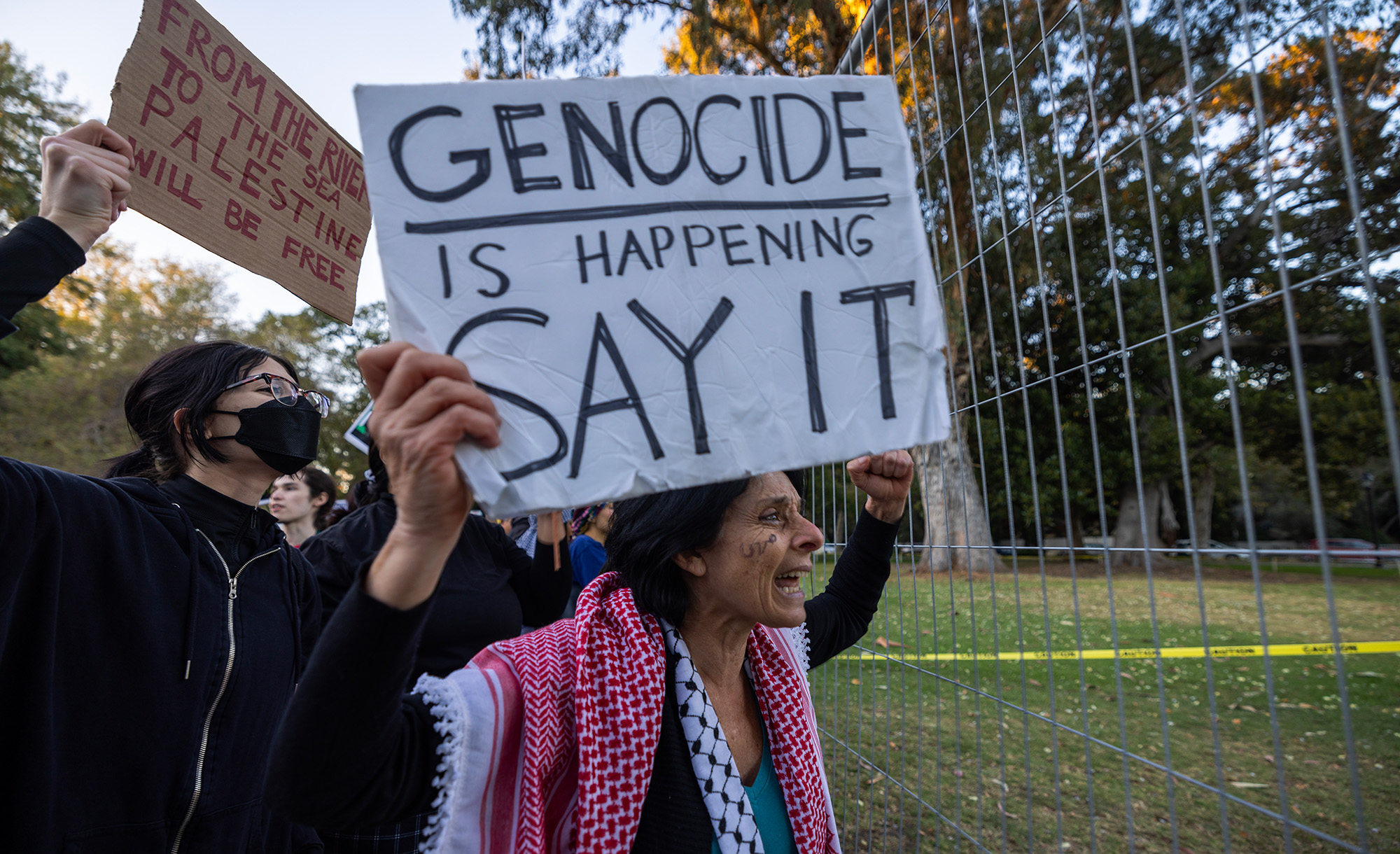While the borders of the modern Middle East result largely from negotiations between the French and the British to divvy up former Ottoman territory during and after World War I, the story of their origins is more complicated than often assumed. Michel Gurfinkiel examines the original French plans for Syria, and their relevance for the country’s situation today:
[After World War I], in line with the Sykes-Picot Agreement of 1916, the French and British divided the former Ottoman Middle East between themselves. While the British took over the southern Levant (Palestine on both banks of the Jordan River) and oil-rich Mesopotamia, the French occupied the northern Levant, from the Mediterranean to the Euphrates River and beyond—a 200,000 square-kilometer area they renamed Syria.
This arrangement was seen by Arab nationalists—who had been promised an independent and united state by the British and had convened a national congress in Damascus—as a cynical betrayal. This was exacerbated when their British-appointed king, Emir Faisal of Hejaz, was ousted from Damascus by the French in 1920 and had to resign himself to a diminished realm in Iraq only. The word nakba (“catastrophe”), which now applies primarily to the Palestinian plight, then came into use in the Arab press for the first time to describe the dismemberment of a stillborn Arab empire. . . .
The French quickly realized that their Syrian dominion—two million inhabitants in 1920—was a patchwork of conflicting communities. Charles de Gaulle, stationed as a young staff officer in Beirut from 1929 to 1931, dryly observed: “The people who live here never contented themselves with anything or anybody.” Still, some administrative framework had to be devised. The secretary-general of the French High Commissioner’s Office, Viscount Robert de Caix de Saint-Aymour, took up the challenge. . . . According to de Caix, Syria did not exist and would never exist. It had to be partitioned into smaller but more homogeneous entities. His first draft, in 1919, provided for two main states, centered around Damascus in the south and Aleppo in the north, and three smaller states: Lebanon, an Alawite state, and a Druze state. . .
These plans were interrupted by World War II, which led to independence for Lebanon alone, with the rest of the territory lumped together to create Syria:
In a nutshell, the Alawites coopted all non-Sunni and non-Arab minorities in order to check the Sunnis. The system was cemented by socialism—in effect, family and sectarian patronage—and a close alliance with the USSR. Once the Soviet empire fell, that started to unravel. The civil war that started in 2011 brought back to the surface a geopolitical Atlantis: de Caix’s map with only one major difference, namely, the assertiveness of Syria east of the Euphrates [in the territory now dominated by the Kurds].
Also back in Syria since 2015 have been the post-Soviet Russians. While they see the preservation of their Alawite ally as a priority, they are realistic enough to commend federalization as a long-term solution—especially since they know they are bound to compete with their Iranian allies and their Turkish allies-in-the-making. The Americans and the Europeans should not, at that point, leave it to the Russians alone. Nor should the Israelis.
Read more at Michel Gurfinkiel
More about: France, History & Ideas, Middle East, Politics & Current Affairs, Sykes-Picot Agreement, Syrian civil war


